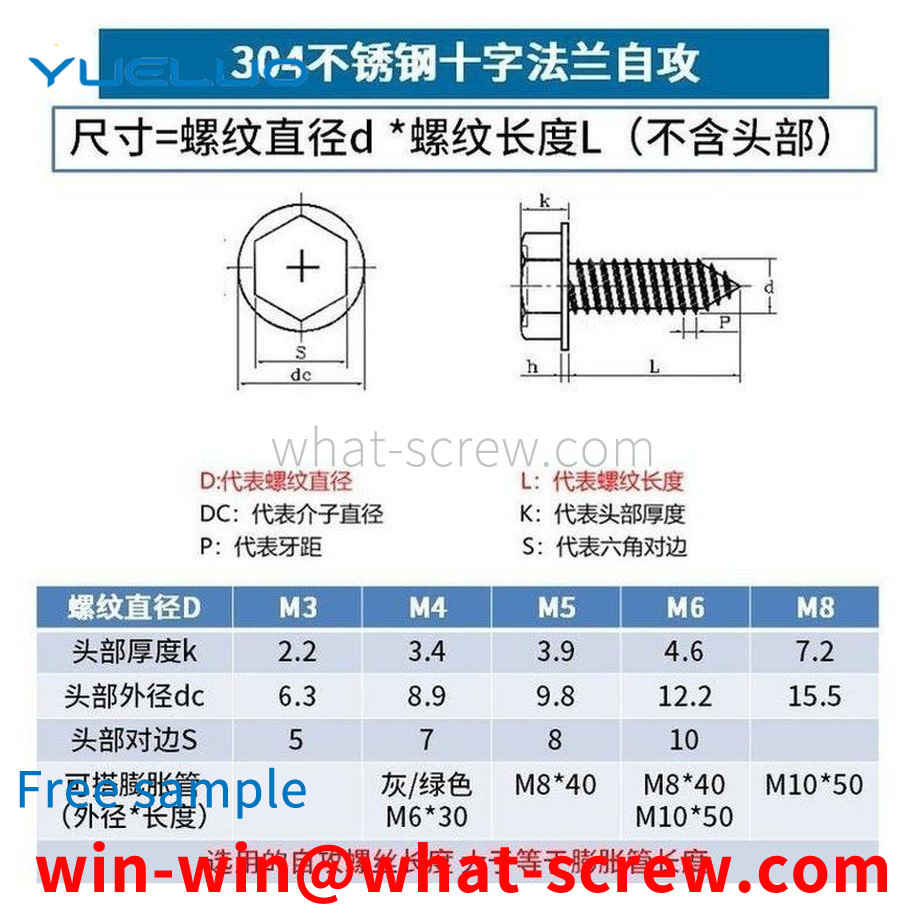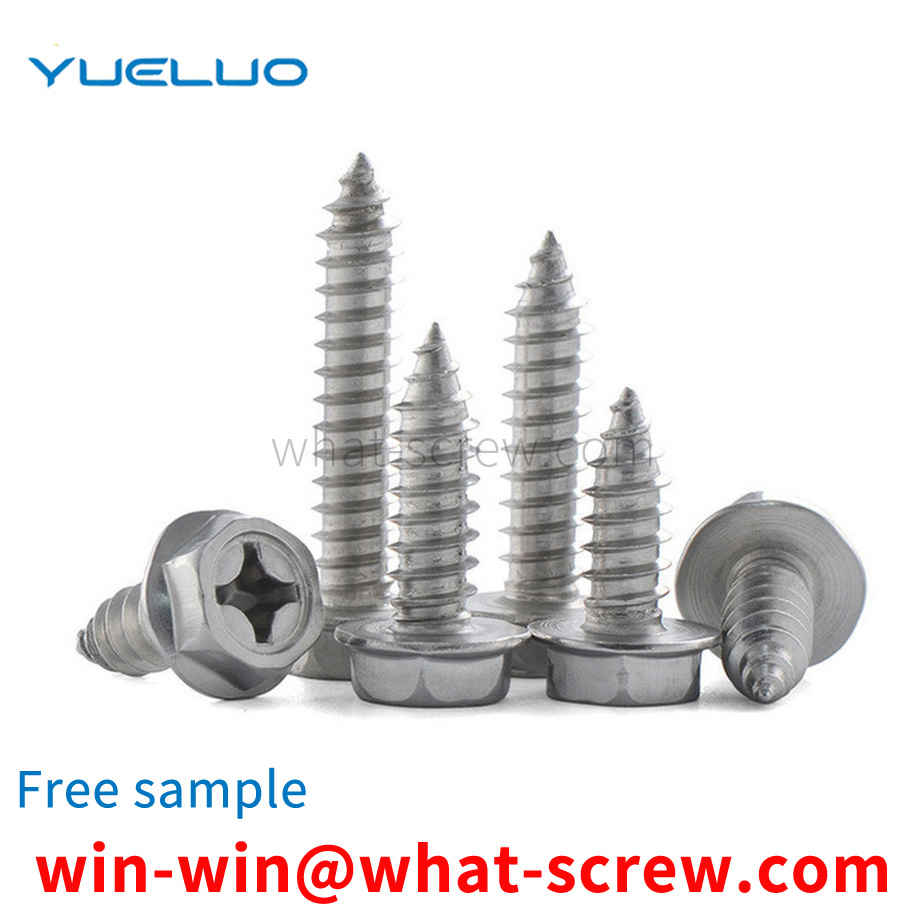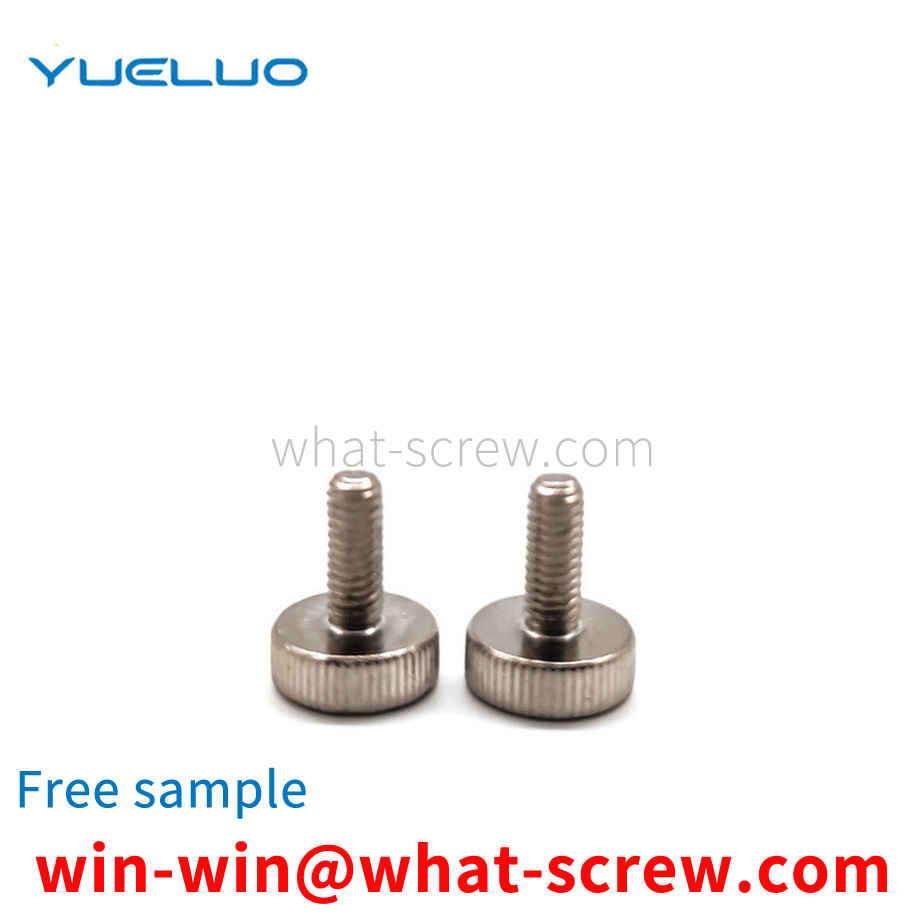What is the tolerance range of precision screws?
What is the tolerance range of precision screws?
Service Hotline
+86760-8787 8587We have more than ten years of experience in the production of screw industry, the main products are: flat spring washer combination screws, riveting parts BSO bottom hole 6.0, ring nuts, flat head screws, hexagon socket thin shank bolts, filament screws, PC polycarbonate ,1769 hexagon slotted nut, big head advertising mirror screw, hexagonal slotted thick nut, cold pier pressure riveting nut, 4 stainless steel 304 screws, plastic support column, gasket mixed packing bolts, rose bolts and other fasteners, due to the product material Different specifications and different prices, please contact us if necessary.


In order to achieve the above purpose, Guangdong Yueluo Hardware Industry Co., Ltd. discloses a tamper-proof nut, which includes an upper part, a lower part, and an inner threaded hole penetrating the upper part and the lower part. The cross section of the inner threaded hole is circular, so the The lower part is an equilateral triangle cylinder, and the apex of the equilateral triangle cylinder has an arc structure, and the arc structure includes a left arc part and a right arc part with the angle bisector as the center of symmetry, and the lower part has an arc structure. A tamper-proof portion protruding from the lower surface is formed, and the tamper-proof portion is arranged at the left arc portion or the right arc portion.

In the existing life, repair parts are often used to repair the cassettes with damaged screw holes, and the screw holes on the repair parts are used instead of the original damaged cassette screw holes. However, in the prior art (application number: 201520948368.3), the restoration is fixed by rotating the support of the restoration, which is often inconvenient due to the small space of the cassette. In addition, the set screw in the prior art mainly fastens the object through the end of the screw without threaded holes, which makes it difficult to install external screws. Based on this, a method of extruding the support through a set screw with screw installation holes and tightening the repair piece, and then installing the screw on the set screw, will facilitate the quick installation and use of the repair piece.


(1) The screw-in performance test is to screw the self-tapping locking screw sample into the test plate until one complete thread completely passes the test without breaking. (2) The destructive torque test is to clamp the stem of the self-tapping locking screw specimen in a thread mold or other device that matches the screw thread, and uses a calibrated torque-measuring device to measure the screw. Torque is applied until fracture, which should not occur in the clamped threaded portion. (3) Carry out a tensile test on the screw sample to check the minimum tensile load for failure. The fracture should be within the length of the rod or the unthreaded thread, and should not occur at the junction of the nail head and the rod. Before the sample breaks, it should be It can reach the minimum tensile load specified by the corresponding performance class. (4) Hydrogen embrittlement is a problem that must be strictly paid attention to in the surface treatment process of self-tapping locking screws. In the pickling process, the screw is stirred in dilute hydrochloric acid, and the amount of hydrogen absorbed by the pickling steel increases linearly with the square root of time and reaches the saturation value. Less than 100%, a large number of hydrogen atoms will be produced, which will be attached to the surface of the screw, resulting in hydrogen infiltration, and the steel will become brittle due to the absorption of hydrogen. The self-tapping locking screw takes 6~8h to drive hydrogen, and the temperature is 160~200℃ (phosphating) and 200~240℃ (electroplating). However, in the production process, the hydrogen drive time should be determined according to many production conditions such as core hardness, surface roughness, electroplating time, coating thickness, pickling time, and acid concentration. It is best to do it before passivation and just after electroplating.

The self-tapping locking screw is a series of coarse thread and ordinary thread, and the thread size is M3~M12mm. The threaded rod of the self-tapping locking screw is a thread with an arc-shaped triangular section. The screw is surface hardened and can be screwed into a prefabricated hole of black or non-ferrous metal material (which can be made by drilling, punching or die casting), and extruded to form an internal thread. The threaded rod portion can be made into a cylindrical or triangular shape with a diameter equal to or less than the circumscribed circle. Self-tapping locking screws have low screw-in torque and high locking performance. The varieties of self-tapping locking screws in the product standard of Chinese commodity fasteners include GB/T6560 (cross-recessed pan head), GB/T6561 (cross-recessed countersunk head), GB/T6562 (cross-recessed half-sunk head), GB/T6563 ( Hexagon head), GB/T6564 (hexagonal flower-shaped cylindrical head) five series. Self-tapping locking screws are generally fastened with pneumatic or electric screwdrivers. Most of the automotive industry uses hexagonal head, cross recessed pan head and hexagonal socket head self-tapping locking screw with high fastening efficiency.

The above content is uploaded by Yueluo or the Internet. If there is any copyright issue, please contact [email protected].

What is the tolerance range of precision screws?

How to choose the right stainless steel screw manufacturer?

Why is there an R angle under the head of the hexagon head s...

We have more than ten years of production experience in the ...

We have more than ten years of experience in the production ...

We have more than ten years of experience in the production ...

We have more than ten years of experience in screw industry ...